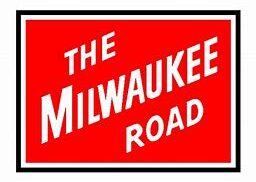 Was a Class I railroad that operated in the Midwest and Northwest of the United States from 1847 until 1980.
Was a Class I railroad that operated in the Midwest and Northwest of the United States from 1847 until 1980.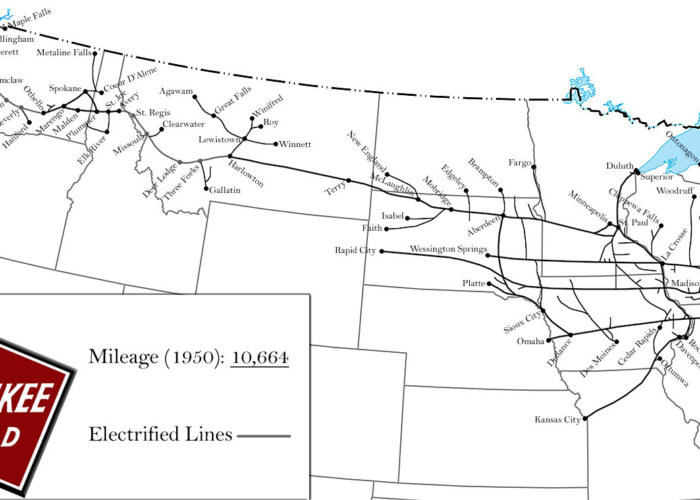 In all respects, the Milwaukee should have been a historically strong carrier; it's nearly 11,000-mile network served every major Midwestern market directly, except St. Louis.
In all respects, the Milwaukee should have been a historically strong carrier; it's nearly 11,000-mile network served every major Midwestern market directly, except St. Louis.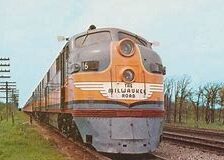 In the 1890s the Milwaukee's directors felt they had to extend the railroad to the Pacific in order to remain competitive with other roads. A survey in 1901 estimated costs to build to the Pacific Northwest as $45 million (equal to $1.32 billion today).
In the 1890s the Milwaukee's directors felt they had to extend the railroad to the Pacific in order to remain competitive with other roads. A survey in 1901 estimated costs to build to the Pacific Northwest as $45 million (equal to $1.32 billion today).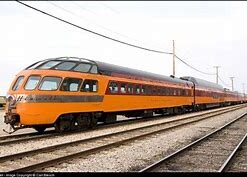 The Milwaukee Road aggressively marketed passenger service through much of its history, maintaining a high quality of service until the end of private intercity passenger operations in 1971.
The Milwaukee Road aggressively marketed passenger service through much of its history, maintaining a high quality of service until the end of private intercity passenger operations in 1971.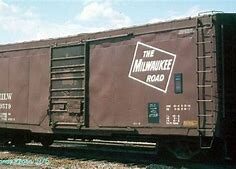 Perhaps Milwaukee Road's most glaring issue was a perpetual lack of leadership, which only became magnified in later years.
Perhaps Milwaukee Road's most glaring issue was a perpetual lack of leadership, which only became magnified in later years. During the 1970's, upper management made a series of dumbfounding decisions (such as turning away new business, refusing to carry out much-needed capital improvements, opting against overhauling/upgrading its electrification, and maintaining its transcontinental status) that culminated in the railroad's bankruptcy.
During the 1970's, upper management made a series of dumbfounding decisions (such as turning away new business, refusing to carry out much-needed capital improvements, opting against overhauling/upgrading its electrification, and maintaining its transcontinental status) that culminated in the railroad's bankruptcy.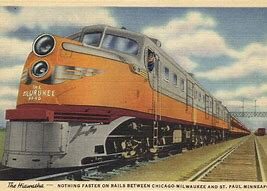
 During the early 1950's, under the dynamic and forward thinking of President John P. Kiley, the Milwaukee had been aggressively modernizing its railroad, rebuilding Bensenville and St. Paul yards into state-of-the-art classification facilities, dieselizing before its competitors, and revamping its electrification system.
During the early 1950's, under the dynamic and forward thinking of President John P. Kiley, the Milwaukee had been aggressively modernizing its railroad, rebuilding Bensenville and St. Paul yards into state-of-the-art classification facilities, dieselizing before its competitors, and revamping its electrification system.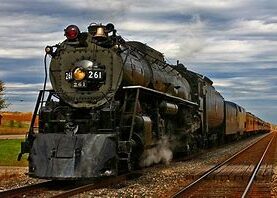
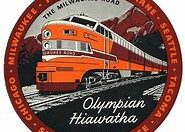 On December 19,1977, the Chicago, Milwaukee, St. Paul & Pacific Railway filed for reorganization with the Federal Bankruptcy Court in Chicago IL.
On December 19,1977, the Chicago, Milwaukee, St. Paul & Pacific Railway filed for reorganization with the Federal Bankruptcy Court in Chicago IL.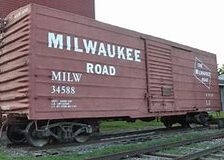 The final chapter of the Milwaukee's history would seem to be simple and straight forward. The Road slimmed down to a 3200 mile Midwestern line, embargoing and abandoning all the unprofitable lines, and was taken over by the Soo Line in 1985. But were all the lines abandoned unprofitable? Was the company viable in its Milwaukee II form? The answer in short is No.
The final chapter of the Milwaukee's history would seem to be simple and straight forward. The Road slimmed down to a 3200 mile Midwestern line, embargoing and abandoning all the unprofitable lines, and was taken over by the Soo Line in 1985. But were all the lines abandoned unprofitable? Was the company viable in its Milwaukee II form? The answer in short is No.